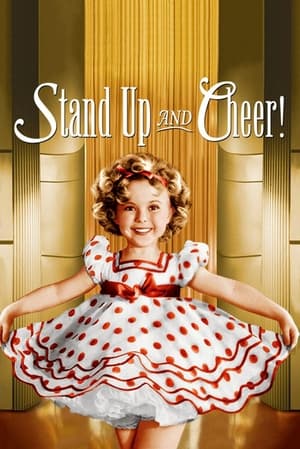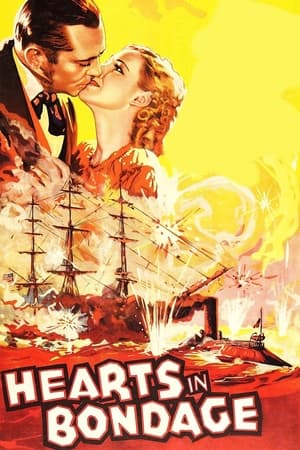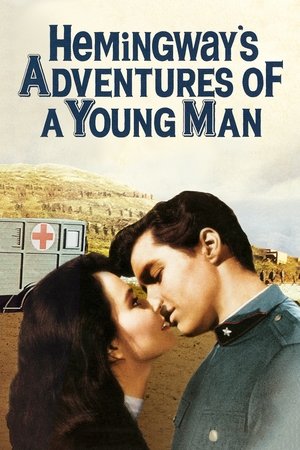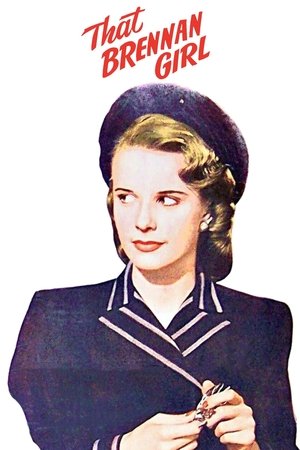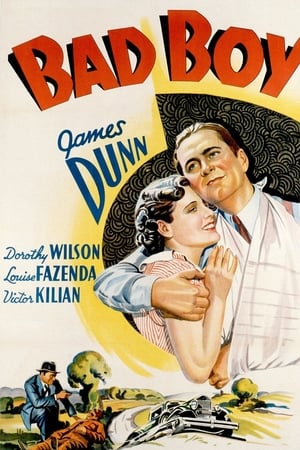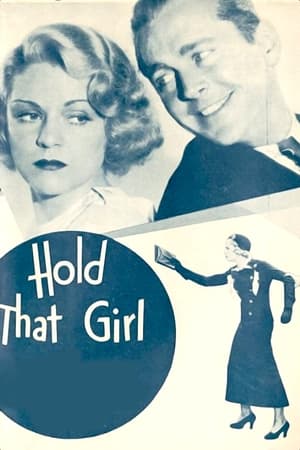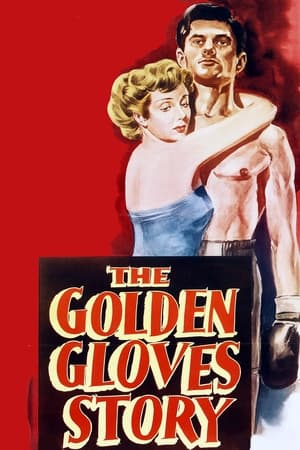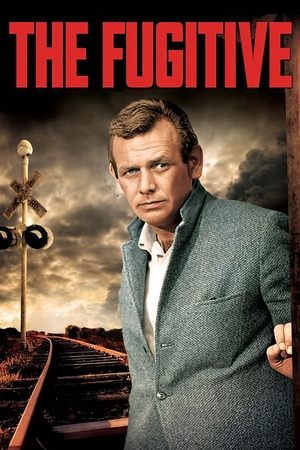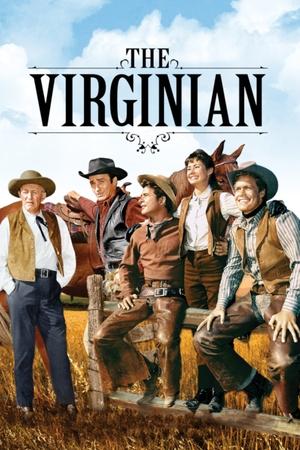Biography
James Dunn worked on the stage, in vaudeville and as an extra in silent movies before he was signed by Fox in 1931. His first movie with Fox was 1931's Sob Sister (1931). While at Fox, he appeared with Shirley Temple in her first three features: Baby Take a Bow (1934), Stand Up and Cheer! (1934) and Bright Eyes (1934). Dunn's screen character was usually the boy next door or the nice guy. In 1935 musicals at the new 20th Century-Fox were out and Dunn would move to the "B" list, from which he would never return. In The Payoff (1935) he plays the nice guy newspaper columnist whose wife ruins his career. By the late 1930s he was drinking heavily and become unemployable. He would appear in small roles in films during the early 1940s, but those parts were few. In 1945 he was able to make a comeback and win the Oscar for Best Supporting Actor in A Tree Grows in Brooklyn (1945), but his rejuvenated career would not continue. By 1951 he would again be unemployed and bankrupt. Television would later supply some work and he would be a regular on the series It's a Great Life (1954).
Dunn was born 2 November 1901, New York City, New York, USA, and he died 1 September 1967, Santa Monica, California, USA (following abdominal surgery)






